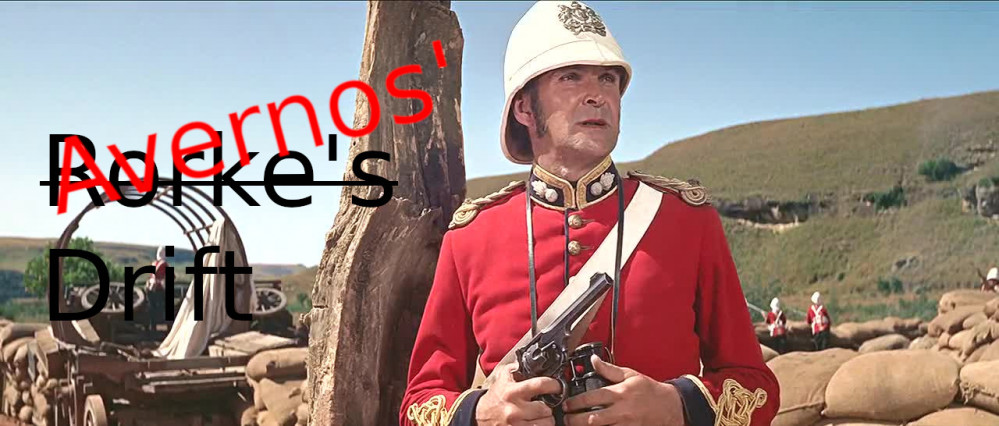
Avernos' Rorke's Drift
Painting the tide Part 2
So if you’re not a Zulu aficionado you may have the same issue that the guys ran into unboxing them a long time ago, what’s the difference between married and unmarried. Well the simple answer is that the more restrained sober Zulus are going to be married, while the term peacocking could almost have been made for unmarried regiments, festooned with grass, feathers and furs. As an additional note, the Zulu shields started to reduce in size with the arrival of black powder weapons on the continent. So as a purely aesthetic choice I’ve used mainly small shields for the younger/newer formed unmarried ibutho and the married amabutho all get the larger shield. No actual evidence of that happening, but it helps give a cohesive look.
if you look into the headdresses of the Zulu to see what birds commonly made them up (yes I am that sad, shut up), then you’ll find that in the main they are ostrich, lourie, blue crane, sakabula. There are more but I don’t want to end up with a pallet of dozens of colours for feathers alone. Some colours were worn by royalty or heroes only, also some amabutho had specific ways to make up their headdresses. I’m sticking to these three colours with black to mix and match different combinations on pure whim alone. Osprey’s ‘The Zulus’ by Knight and McBride has more imformation though if you’re keen.
I also use Ivory for the grass chest pieces, and the bands on their arms and calves. Add to this the fur colours from the previous entries and you can get a unique looking unit while still having some uniformity.
Unmarried men are simply painted in the aforementioned colours with a simple black head roll and as you can see below how a couple of the original stands look compared to the freshly touched up and dipped stands. I’ve used Army Painters Darktone for the Zulus. I’ve not gone into the colours for the british jackets as that will be covered in the next update.
eagle eyed viewers may notice that the metallics aren’t done yet, they won’t be until everything is based and matt coated to take the sheen off. Then I’ll fill those in.
As a final point if you have animal hides to paint I’ve been using a sponge to get a natural random look without taking an age to do. I would definitely suggest this to anyone painting anything, up to and including horses. Food for thought.





























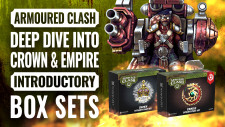

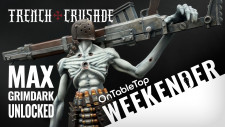
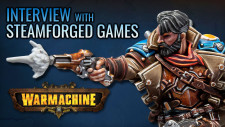

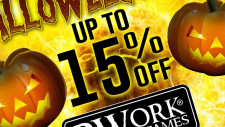
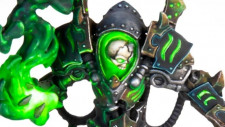
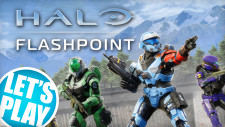




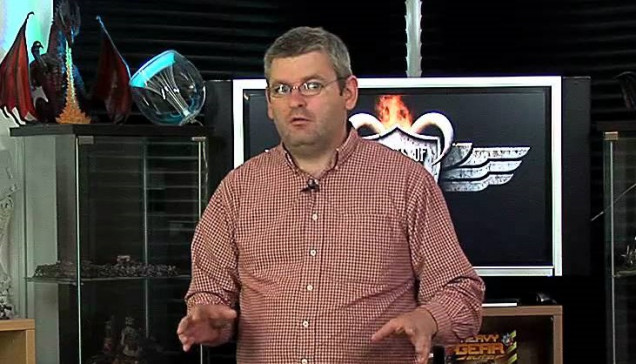
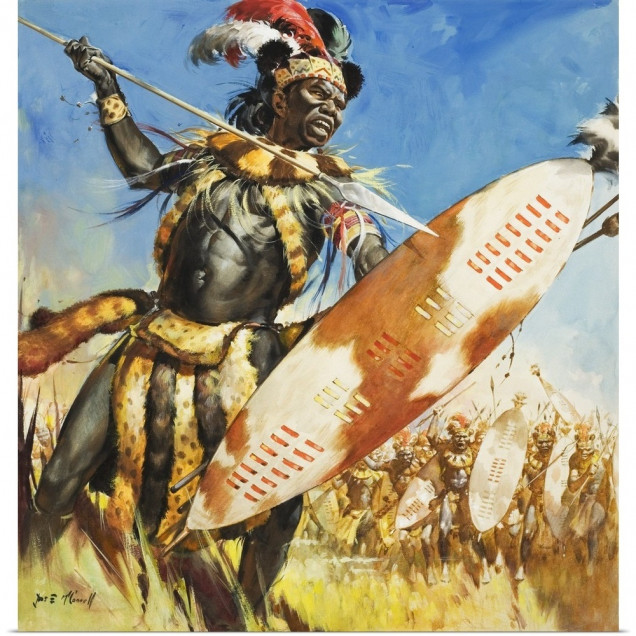
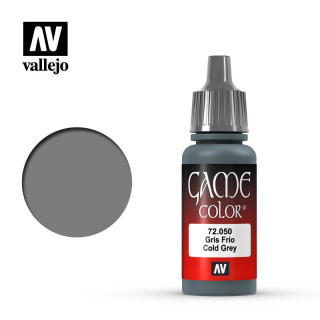
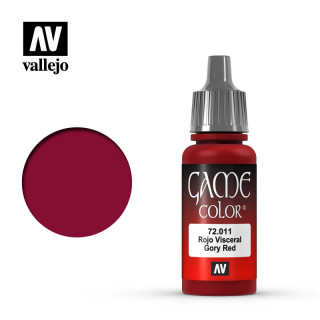
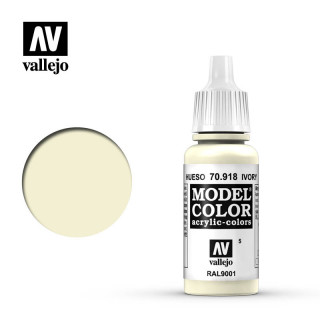
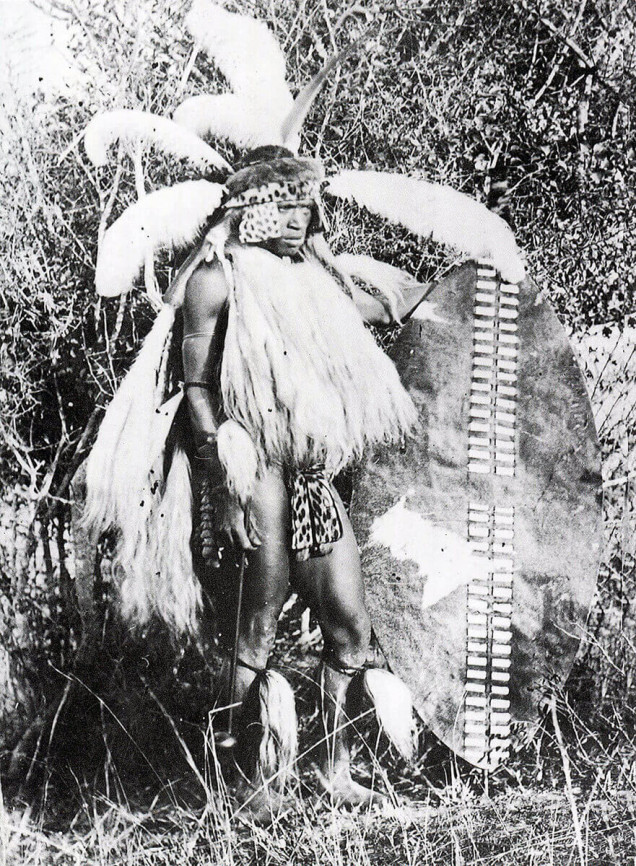
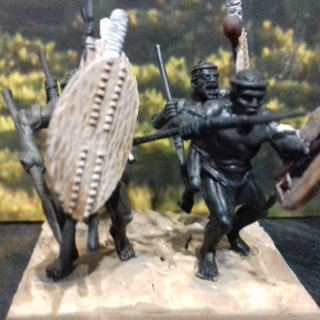
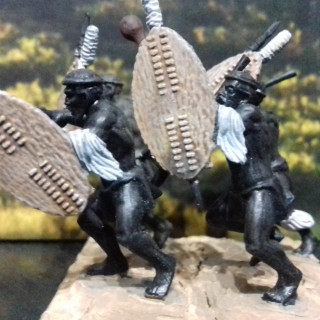
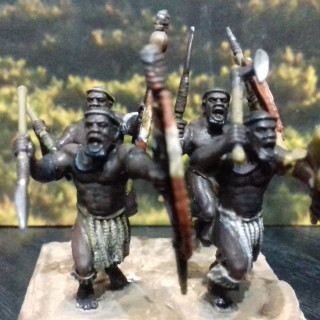
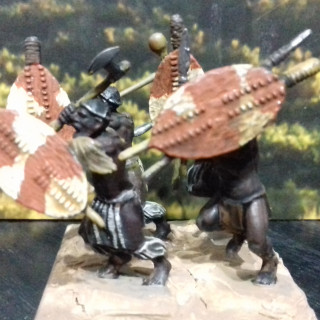

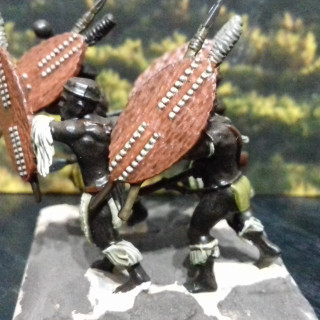
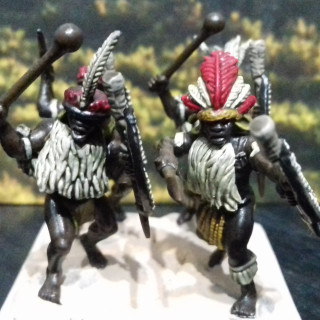
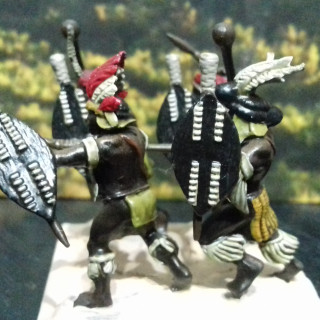
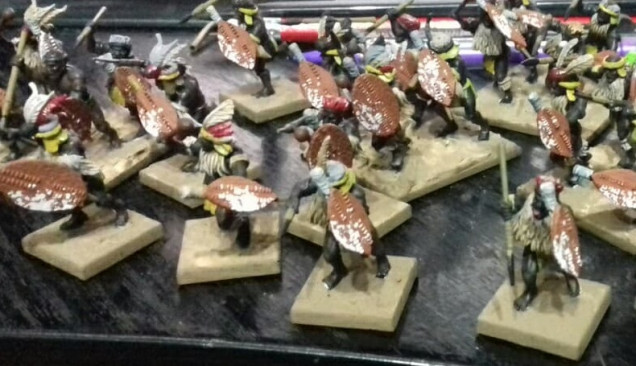

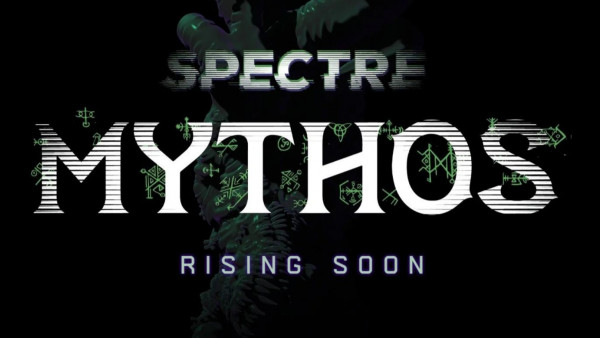
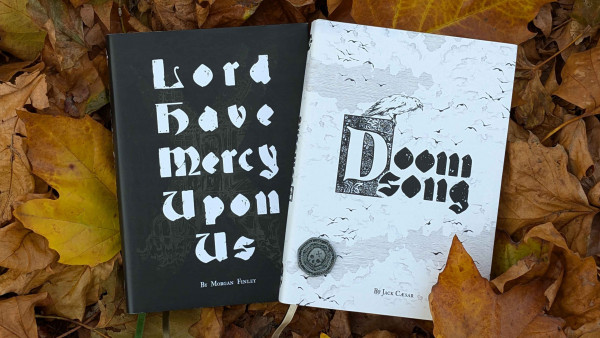
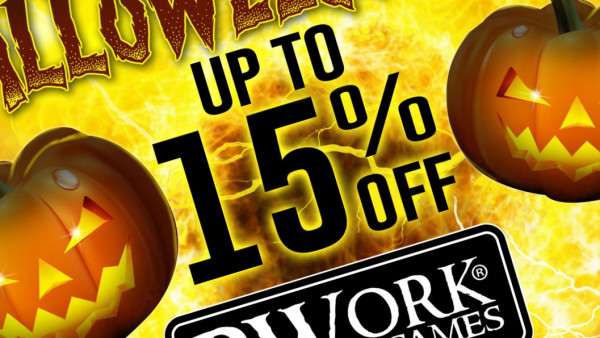



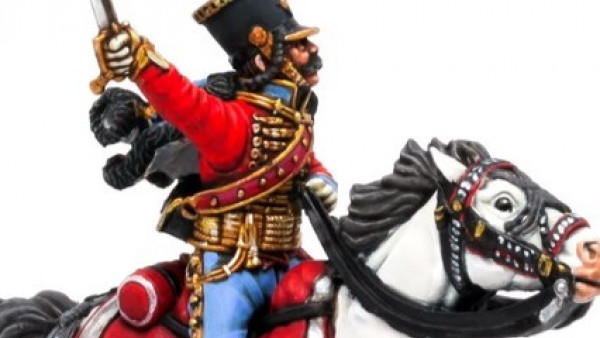
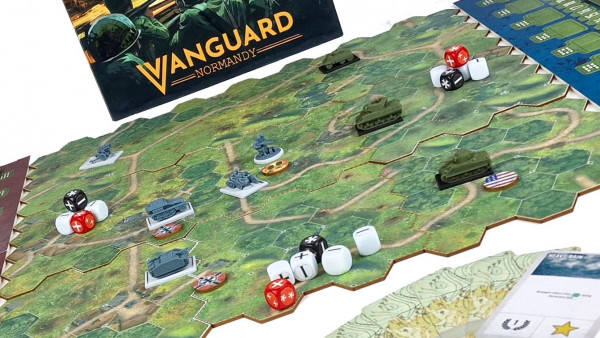
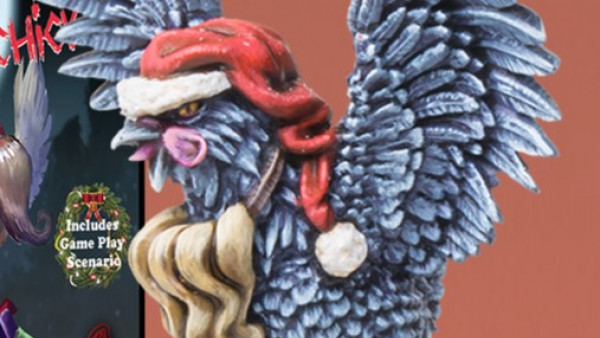
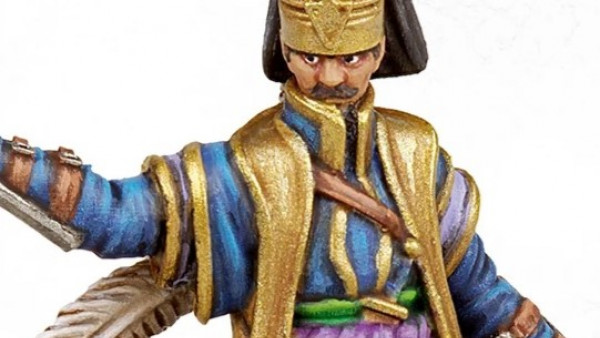

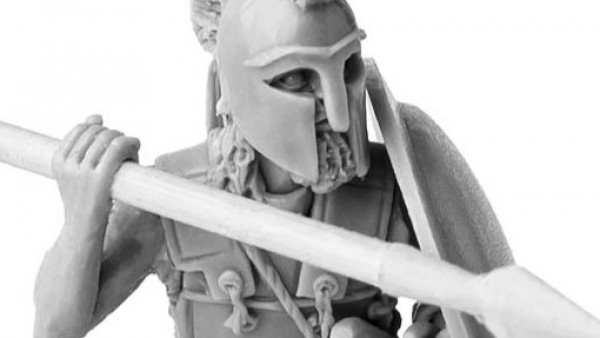
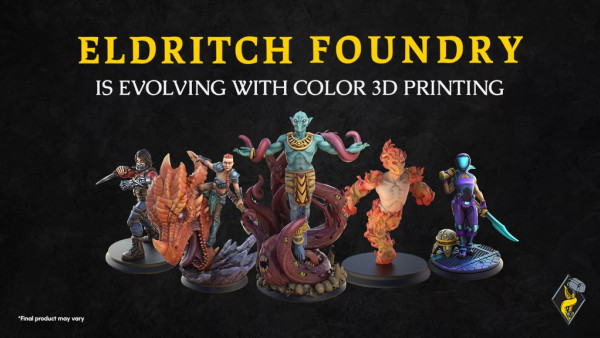

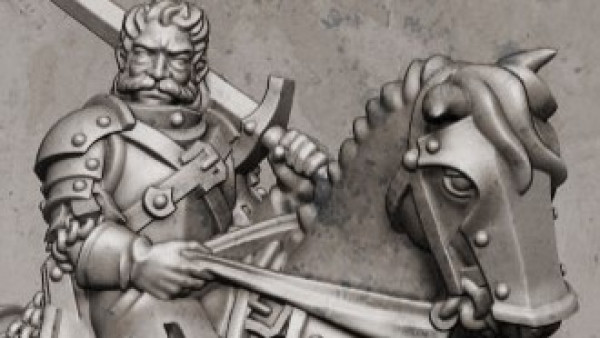

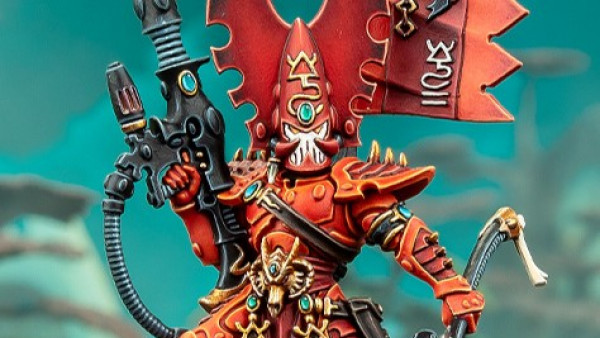
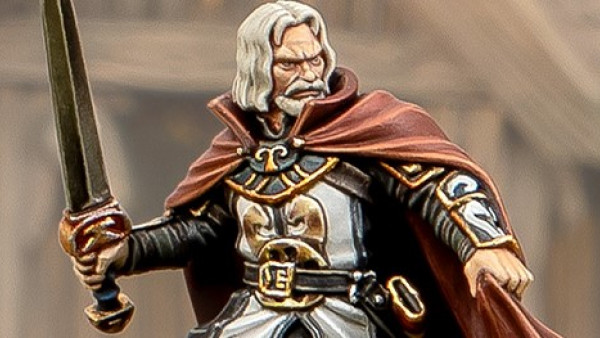
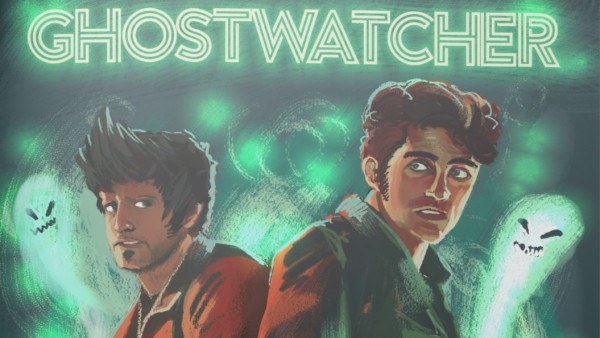

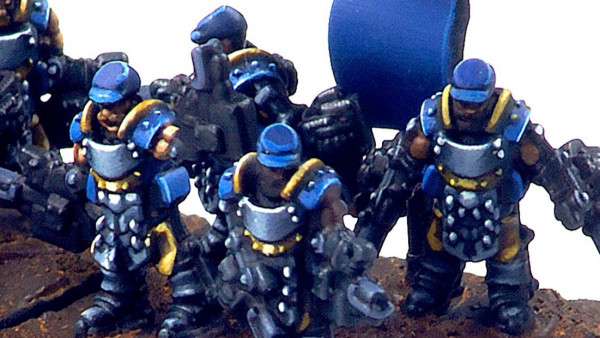


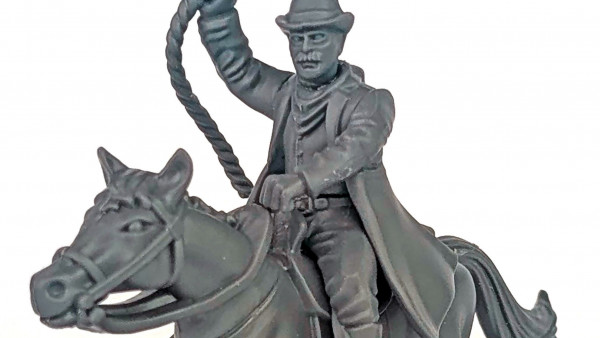
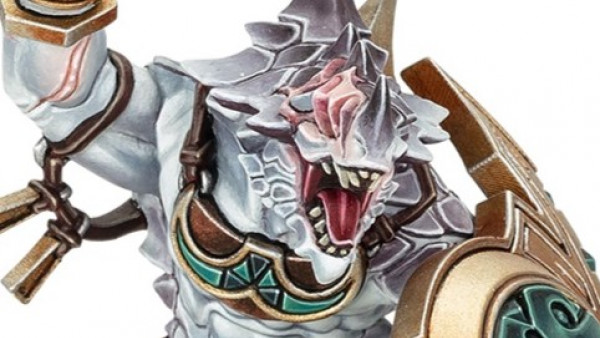
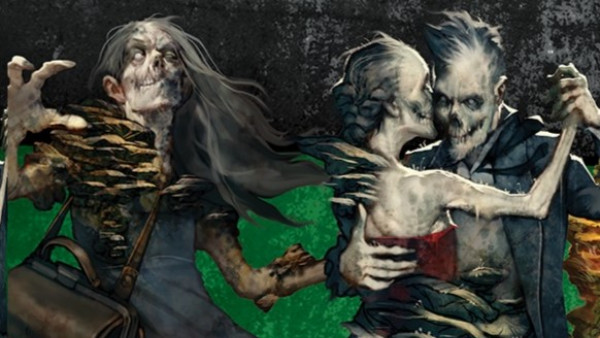
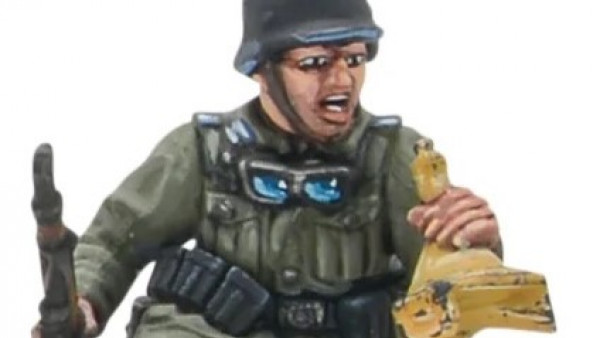
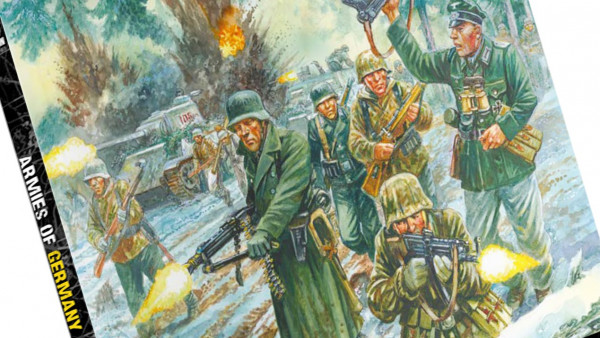
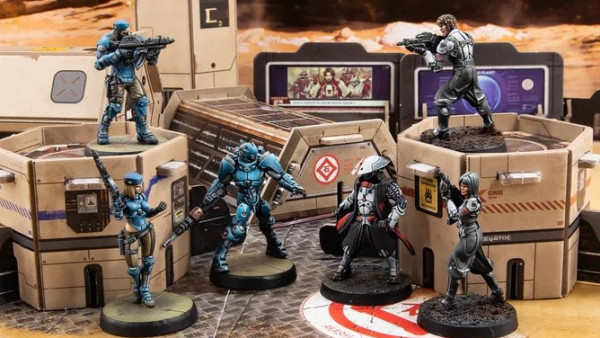
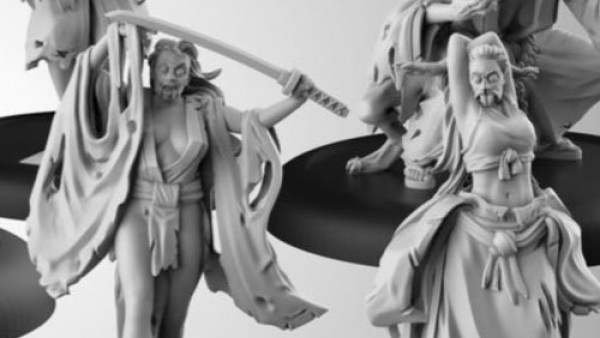
The Zulu’s look great and that sponge tip is brilliant, I’ll try it out the next time I paint a horse.
Liking the Darrell references in 2019
I’m not sure how many people will get it, probably just us two. But that’s enough I feel.
Once the basing is down and everyone is matt coated I’ll get some better pictures done. But they look good enough for an endless tide of warriors